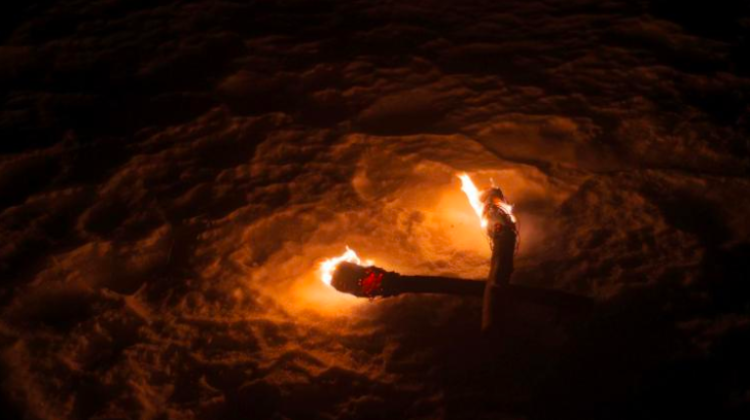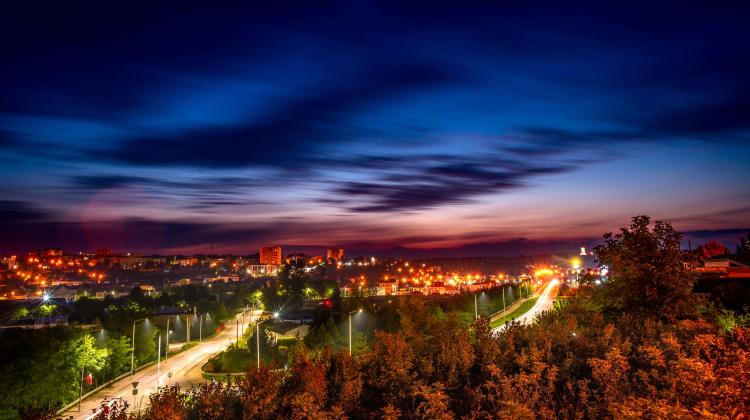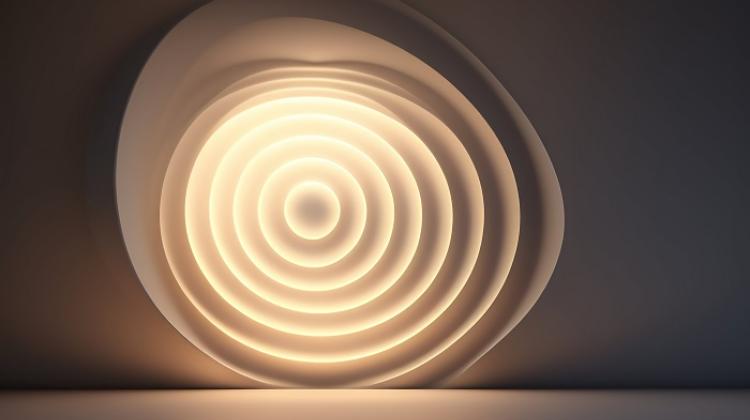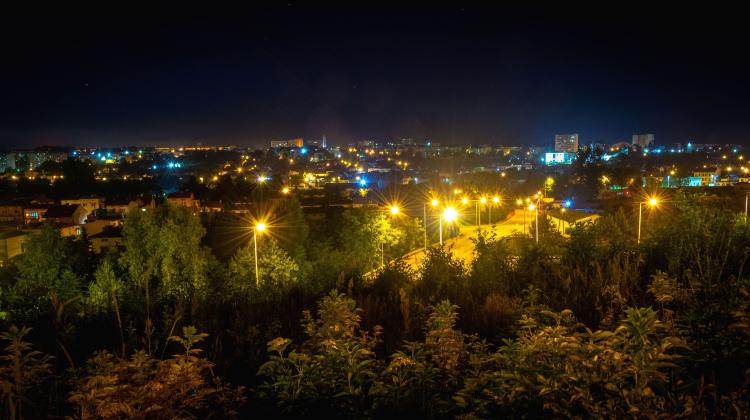New light sources appeared in Europe with the development of agriculture
 Photo: Fotolia
Photo: Fotolia
The development of agriculture in Europe not only revolutionised food acquisition, but also brought changes in the light sources our ancestors used, says archaeologist Dr. Krzysztof Tunia.
In the area of present-day Poland, until about the 5th millennium BC, to light up the darkness people used light from bonfires and probably torches in the form of wooden fins. Lighting changed with the knowledge of agriculture and farming coming from the Middle East to Europe.
Why did this happen? "Along with the more advanced farming system, the capability to manufacture a variety of ceramic vessels appeared. During excavations in Poland territory - mainly on the Baltic coast - we find not only kitchen forms, but also items that had a different function. They were probably simple lamps" - explains archaeologist from the Institute of Archaeology and Ethnology PAS Dr. Krzysztof Tunia. He refers to items in the form of shallow "baths" or "boats". He adds that their main part was a container for flammable substance. The light was obtained by igniting a submerged plant wick.
According to the scientist, the "brightest" area in the late Mesolith and early Neolithic was the Baltic Sea zone, including the northern part of present Poland, where archaeologists find many vessels that served as lamps. The deeper inland you go on the European continent, the less light sources are found. Inland, in his opinion, was dominated by torches. These are usually not preserved to our times and archaeologists do not encounter them during excavations.
Some ceramic lamps used in Central Europe were probably suspended with strings, as their appearance indicates. These objects are cubes with a few centimetres long edges, with a depression in the middle and four holes in the corners. Other lamps were made in the form of figures of bulls, also with a recess on the back and with holes.
"These objects come from areas south of the Carpathians, but perhaps they will be also found in Poland" - says Dr. Tunia.
He adds that so far very few ceramic forms have been discovered in southern Poland, in the shape of double-cone, small vessels with holes for hanging. It can not be ruled out that they were used as lamps, Dr. Tunia believes.
"The main problem was access to flammable substances. Only by the sea there was a sufficiently large amount of available raw material for the production of combustible material used in lamps - it was the fat obtained from marine animals". The farther south of the Baltic coast, the more common torches were. "I think that torches were not wrapped or smeared with anything, people used the natural resins in the wood material" - said Dr. Tunia.
Archaeologists, like detectives, find indirect evidence for the use of torches in prehistory. For example, during the excavations at a striped flint mine in Krzemionki Opatowskie that was active already in the Neolithic period, they found charcoal - most likely the remains of torches or fires burned there. The first possibility is more likely, because a bonfire would consume too much oxygen miners needed to breathe. Fires were burned near the bottoms of vertical shafts, where torches necessary to illuminate the darkness in the shaft would be lit up - archaeologists believe.
Lines made with charcoal, visible on mine walls, are also considered evidence of the use of torches. Dr Tunia thinks these are traces of charred tips being removed by rubbing the torch against the wall to create a larger flame.
According to the archaeologist, starting from the Neolithic period one can gradually see the desire to light up the darkness among the inhabitants of Europe, but their life was still regulated by the natural rhythm of day and night. Lighting was usually needed in places the sunlight never reached - in the mines, caves or ... huts. In households, hearths and fires were being replaced by more advanced clay furnaces. They generated less smoke, they kept warm longer, but they were bad sources of light.
"The darkness was deeper still because those houses did not have many openings. It seems that the main function of a hut was to provide shelter and heat for its inhabitants, and the aspect of interior lighting - especially through openings in the walls, windows and doors - was secondary. In any case, valuable heat would escape through these holes" - says Tunia. Artificial light, even to a limited extent, was needed at any time of the day, for example to prepare a meal.
Only the outlines of prehistoric houses and their foundations or underground parts survive to our times. Reconstructing them is very difficult. It most often is based on ethnographic analogies. "And here we often see that in communities still living outside the mainstream of civilization, the huts are dark, without window openings, smoky, but providing shelter and warmth. I had the opportunity to see such houses in Andean communities" - adds the archaeologist.
According to Dr. Tunia, specialized analyses of possible ceramic lamps could bring advances in research on prehistoric lighting. "They have not been analysed so far, so it will be the next step to understanding an important aspect of our ancestors` lives" - the scientist concludes.
PAP - Science in Poland
Szymon Zdziebłowski
szz/ ekr/ kap/
tr. RL
Przed dodaniem komentarza prosimy o zapoznanie z Regulaminem forum serwisu Nauka w Polsce.


















